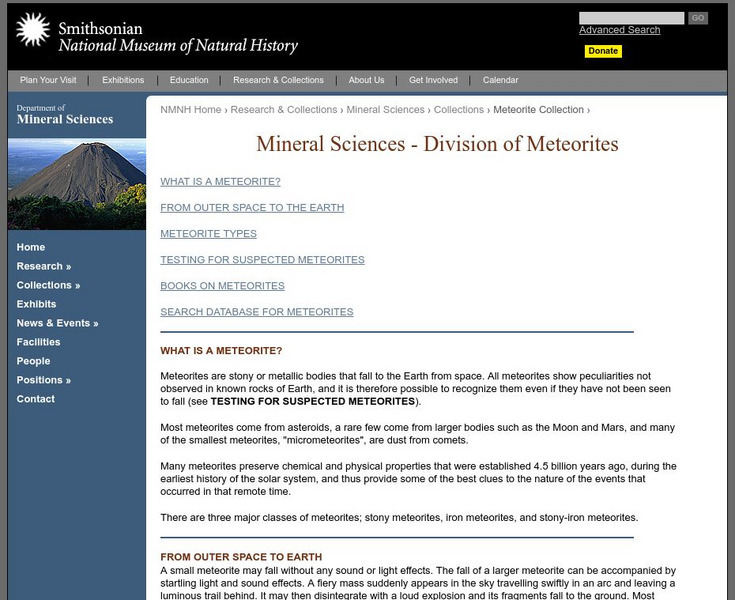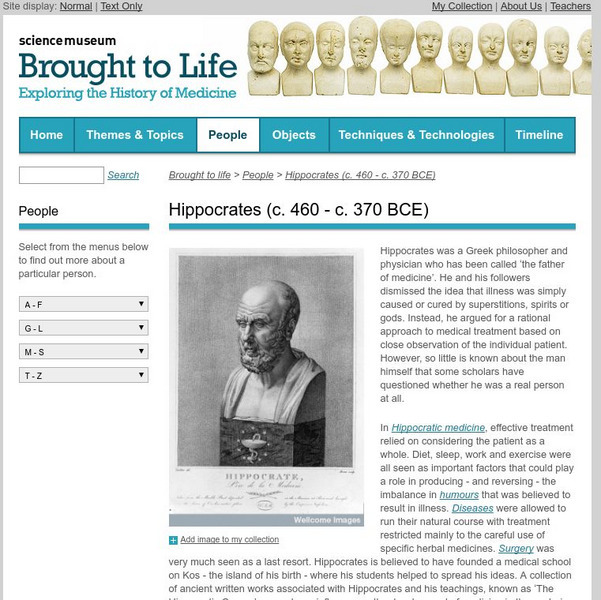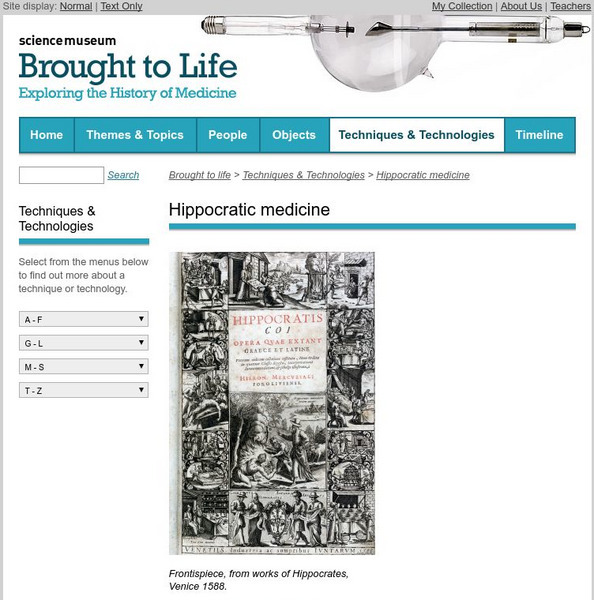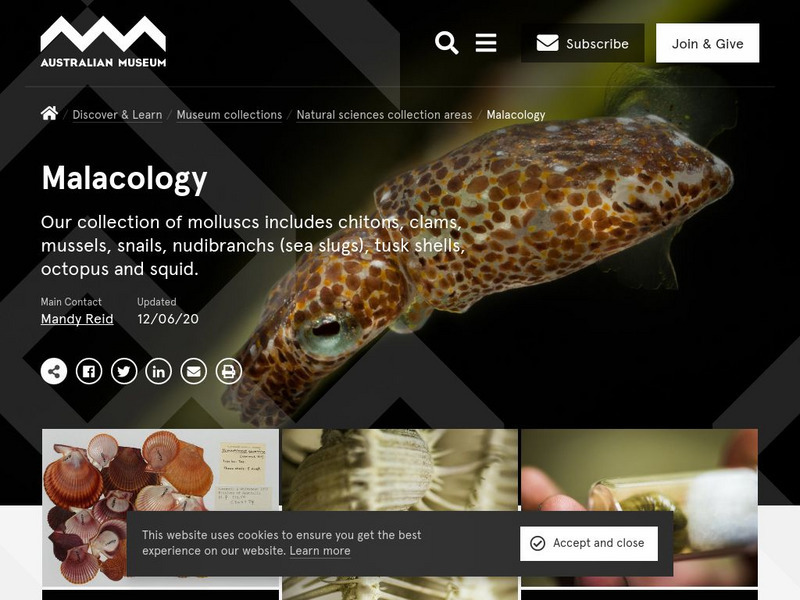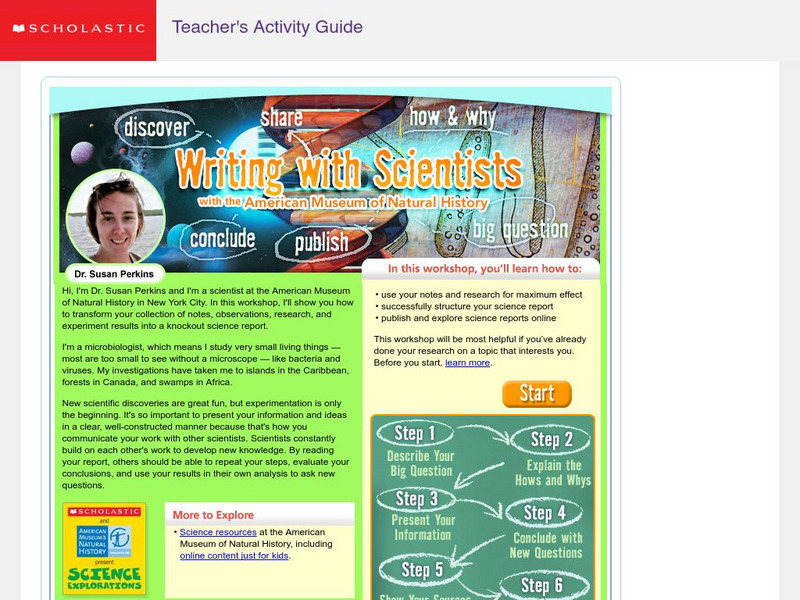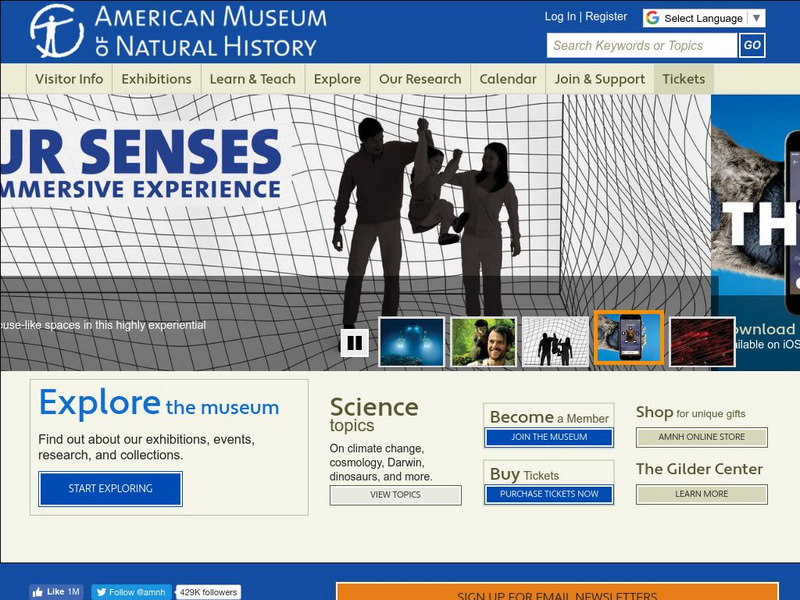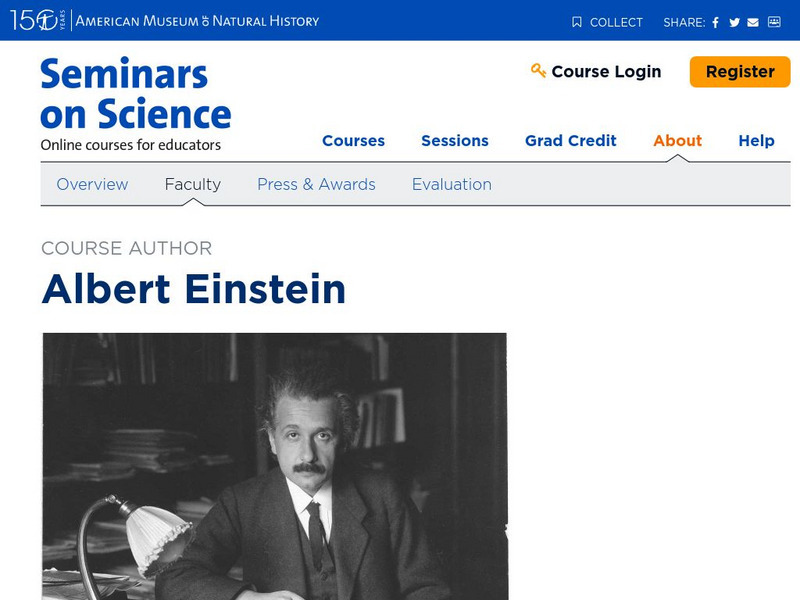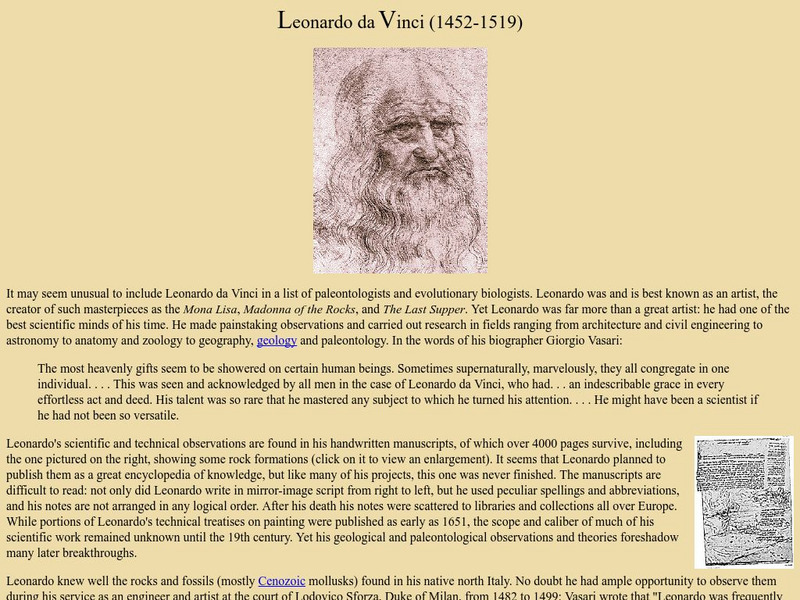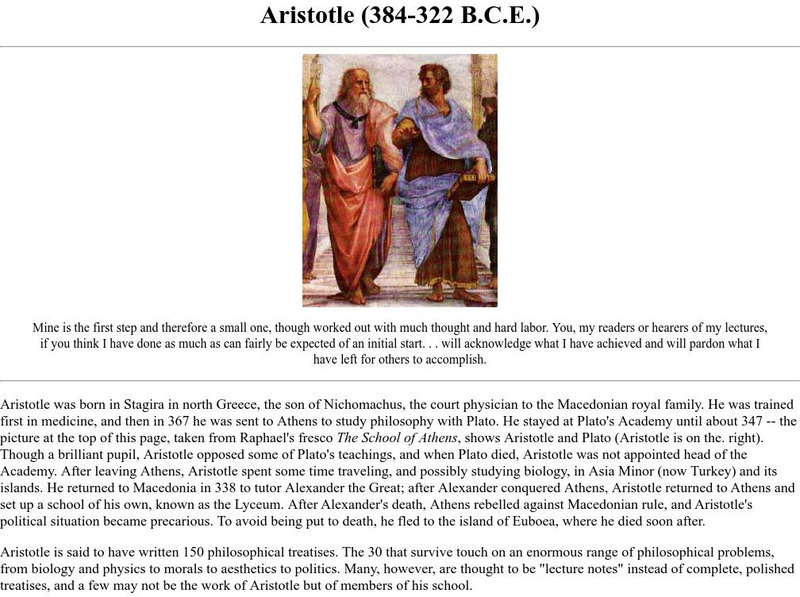Penn Museum
Penn Museum: China Gallery
Invite your learners to take a closer look at the art and mathematical function of dome buildings as designed by the ancient Romans. In the next segment of this attractive activity set, your young historians will then learn about ancient...
Museum of Tolerance
Cultural Research Activity
Class members explore cultural diversity through a variety of texts that showcase the importance of traditions. Then, they interview their family members to research their own cultural background and write their findings on quilt...
National WWII Museum
A New War Weapon to Save Lives
Young historians view and analyze photos and documents from WWII that are related to blood transfusions and blood plasma. A demonstration of correct and incorrect blood donors visually shows the importance of knowing blood...
Curated OER
Tips for Improving Transition
Vary, bury, pull, fit. These tips for improving transitions in writing are found on a template designed as a teacher resource. A clever way to make memorable these suggestions for improving transitions in writing, the language in the...
Science Museum, London
Science Museum: Ada Lovelace
Some say that Ada Lovelace was the first programmer because she wrote instructions for a computing device designed by Charles Babbage. This site presents a brief history of Ada's life and the important role she played in the history of...
Science Museum, London
Science Museum Online Stuff: The First Flight
An excellent article about how Orville and Wilbur Wright's interest in flight developed and led to the first airplane flight.
Science Museum, London
Science Museum: Online Stuff: Marie Curie and the History of Radioactivity
Read about Nobel Prize winner, Marie Curie's life, and her historical work with radioactivity.
Smithsonian Institution
National Air and Space Museum: Exploring the Planets: Ancient Times & the Greeks
In ancient times only five planets were known: Mercury, Venus, Mars, Jupiter, and Saturn. Learn about Greek astronomer Ptolemy's theory for the solar system that was to survive for fourteen centuries.
National Women’s History Museum
National Women's History Museum: Mary Baker Eddy
Mary Baker Eddy founded a popular religious movement during the 19th century, Christian Science.
University of California
University of California Museum of Paleontology: Understanding Science: Dna
Find out how the human side of science played a role in the significant discovery of the molecule of life, DNA.
Smithsonian Institution
National Museum of Natural History: Mineral Science: Division of Meteorites
A review of meteorites, what they are, what types there are, and a collection of reading resources to understand more about these objects falling from the sky.
Science Museum, London
Science Museum: Brought to Life: Hippocrates (C. 460 C. 370 Bce)
A brief overview of Hippocrates and his ideas about effective medicine.
Science Museum, London
Science Museum: Brought to Life: Hippocratic Medicine
A brief overview of Hippocratic medicine.
Burke Museum
Burke Museum: Birthstones: Myths and History
As part of the Burke Museum's site on Geology, this page details the birthstones for each month and discusses both the myth and the history behind birthstones.
Australian Museum
Australian Museum: Malacology
See the Australian Museum Online collection of mollusca. Read about how the sea slug defends itself and the history of the bivalve pulvinitidae.
National Museum of Science and Industry (UK)
National Museum of Science and Industry: Ingenious: Tobacco
Presents a short history of tobacco use and discusses how societal mores and public policy have changed over time based on how people have used tobacco. Includes a collection of images depicting the culture of smoking in different...
University of California
Ucmp: Evolution: Theory and Science
An introduction to Darwin's theory of evolution with hyperlinks to other topics on evolution, including a timeline of evolutionary thought.
University of California
Ucmp: A History of Evolutionary Thought
Museum site note on the history of evolutionary thought and includes scientists and thinkers who have contributed to our understanding of life on Earth. Links are provided for da Vinci, Linneaues, Erasmus Darwin, and others.
Scholastic
Scholastic: Writing With Scientists With the American Museum of Natural History
Follow this six-step method and you'll have a good understanding of what a good scientific research paper involves and how it is organized. There are plenty of samples for you to look at. This explanation is also very helpful for...
American Museum of Natural History
American Museum of Natural History: Neil De Grasse Tyson
This resource provides information about Neil deGrasse Tyson, discussing his research and work in the field of astrophysics.
American Museum of Natural History
American Museum of Natural History: Profile: Albert Einstein
Read about the life and work of Albert Einstein, including details from his childhood and what he said about life just before he died.
University of California
Ucmp: Leonardo's Contributions to Science
Information about Leonardo da Vinci's observations of the natural world. An insightful commentary on the scientific achievements of the Renaissance.
University of California
Ucmp: Aristotle
The life and philosophical treatises of Aristotle (384-322 BCE) are surveyed, including his writings on biology, zoology and physics.
National High Magnetic Field Laboratory
Magnet Academy: Electrocardiograph 1903
If TV medical dramas have taught us anything, it's how to recognize the heart's characteristic peaks and valleys crawling across monitors in emergency rooms. These images represent the electrical activity of the beating heart as recorded...







